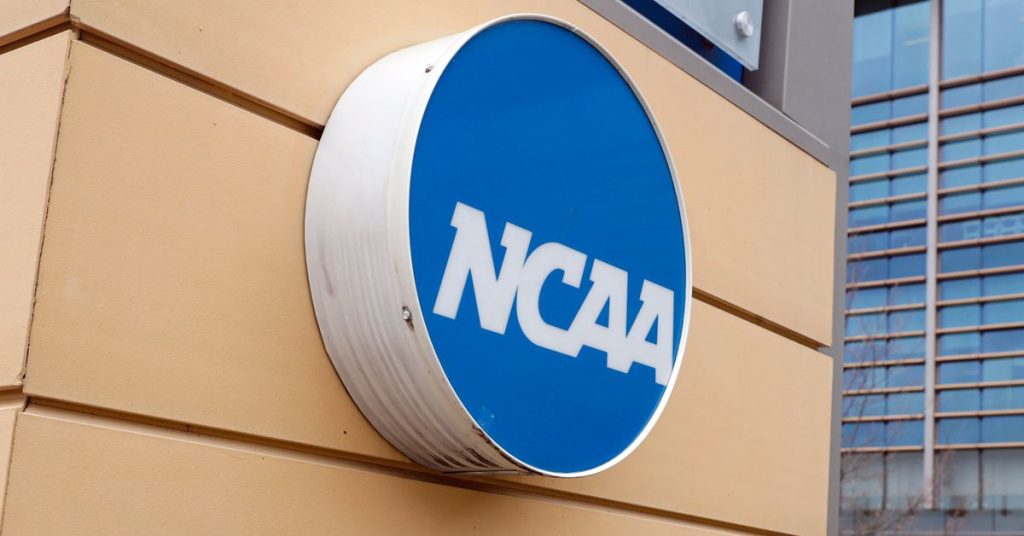The NCAA and the nation’s five biggest conferences have agreed to pay nearly $2.8 billion to settle antitrust claims, paving the way for a new revenue-sharing model that could see athletes receive direct payments as soon as the 2025 fall semester. This groundbreaking decision signifies a significant shift towards compensating college athletes more like professionals and allowing schools to compete for talent using direct payments. The Pac-12 was the last conference to approve the plan, with members voting to join the agreement alongside the SEC, Big Ten, Big 12, and ACC. The deal still requires approval from a federal judge overseeing the case, but if it stands, it will mark the end of the NCAA’s amateurism model.
The details of the plan signal a departure from the NCAA’s amateurism model that has been in place since its founding in 1906. The days of NCAA punishments for athletes receiving booster-provided cars began to fade three years ago when restrictions on endorsement deals backed by name, image, and likeness money were lifted. The agreement calls for the NCAA and conferences to pay $2.77 billion over 10 years to over 14,000 former and current college athletes who were prevented from earning money from endorsement and sponsorship deals since 2016. This marks a significant acknowledgment that college athletes deserve to be compensated for their contributions to collegiate sports.
The new compensation model allows each school to set aside up to $21 million in revenue per year to share with athletes, with the possibility of an increasing cap as revenues rise. Athletes in all sports will be eligible for payments, and schools will have the freedom to determine how the money is distributed among sports programs. The agreement also introduces roster restrictions in place of scholarship limits by sport. However, it remains unclear whether the new model will comply with Title IX gender equity laws and if schools will be able to bring NIL activities in-house, potentially leading to further legal challenges.
The class-action federal lawsuit at the center of the settlement, House v. the NCAA, was set to go to trial in January and argued that the NCAA and five wealthiest conferences wrongly prevented athletes from earning endorsement money. The suit also claimed that athletes were entitled to a portion of the billions of dollars generated from media rights agreements. Facing political and public pressure, as well as the potential for significant financial losses, NCAA and conference officials conceded on the long-standing principle that schools do not directly pay athletes beyond scholarships. This decision is a significant departure from the traditional understanding of amateurism in college sports.
The settlement is expected to cover two other antitrust cases challenging athlete compensation rules, Hubbard v. the NCAA and Carter v. the NCAA, pending in front of judges in the Northern District of California. A fourth case, Fontenot v. NCAA, remains in a Colorado court, and its potential inclusion in the settlement could impact the financial obligations of the NCAA and major conferences. While the settlement is a landmark agreement, college sports still face unanswered questions, including whether athletes should be considered employees and the need for federal legislation or antitrust exemptions to solidify the terms of the agreement and protect the NCAA from future litigation and state laws challenging its authority.
Despite the remaining uncertainties, the settlement signifies a significant overhaul of college athletics towards a model that provides greater financial benefits and rights to athletes. NCAA President Charlie Baker’s proposal to create a new tier of Division I athletics where schools with the most resources pay athletes at least $30,000 per year is reflective of this ongoing shift. While the settlement does not resolve all the issues facing college sports, it is a step towards aligning major college athletics more closely with professional sports, setting the stage for a new era in collegiate sports.








